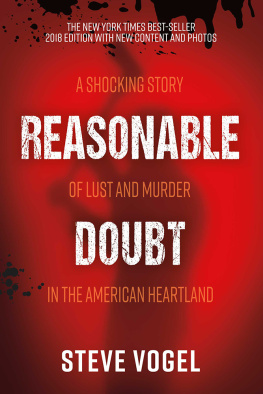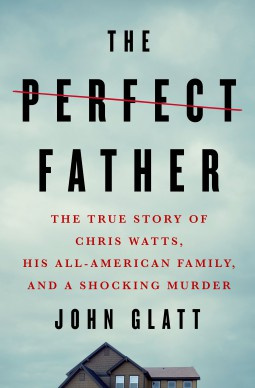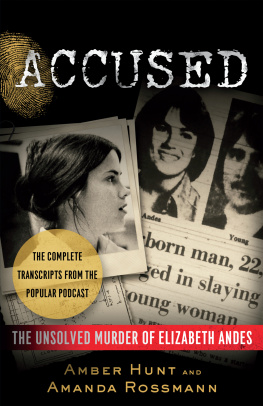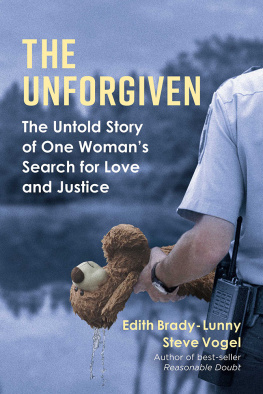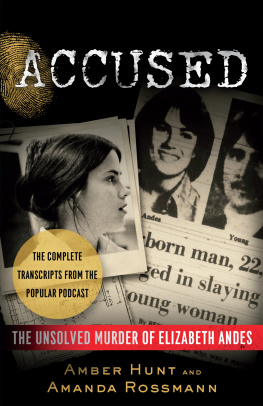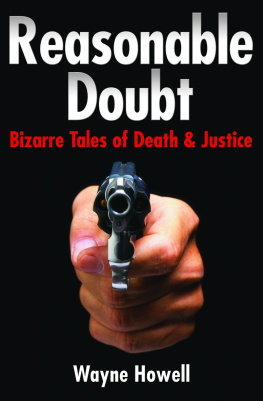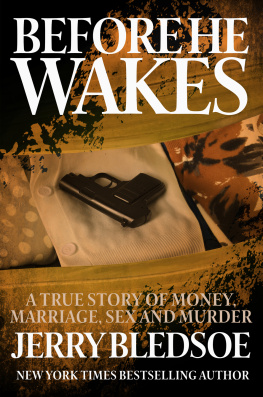To my parents,
James and Hazel Vogel,
who sacrificed so often
so I could have so much.
Acknowledgements
Much of what is in this book I personally observed. Much of it is from the official record. None of it is invented. Assertions about what people said, thought or did are based on the memories of dozens of people. Their names are contained in these pages. But I particularly want to thank Ron Dozier, Laverne Hendricks, Hal Jennings and John Long for their help, cooperation, understanding and patience with me during repeated and lengthy interview sessions.
Without the early encouragement and advice of my late friend and bestselling author Charles Merrill Smith, this book would not even have been started. Thanks, too, to his widow, poet Betty Lore Smith, for her early encouragement.
My thanks to my friend, Stew Salowitz, who was the first to read the manuscript as it neared completion, when I needed still more encouragement. He provided it, along with helpful suggestions. And to another friend, Garrett Scott, who cheered me on.
Thanks to my agent, Clyde Taylor, for four years of hand-holding during this process; to my editors, Nicholas Bakalar and Karin Evans; to photographers Lori Ann Cook and Bob Handley; and to many of my colleagues at WJBC-WBNQ Radio, especially Ron Romine. If Ron had not introduced me to the world of word processing, guided me through it and answered my panicked phone calls for help, Im not sure the words to follow would ever have seen ink.
And finally, my gratitude and love to my wife Mary, and to Rob, Eric and Krista for their full support, encouragement and understanding.
SV, April 1989
Further acknowledgements
I am especially and additionally grateful to my talented and beautiful daughter, Krista Cardona; to her husband and my best-of-class son-in-law, Alex Cardona; and to my speed-reading friend, Pat Furnace, for their patient assistance in helping make this updated edition possible.
SV, April 2018
Interesting audio relating to this case available at authors website: www.stevevogelauthor.com
Introduction
A s the large garage door curled upward, two uniformed policemen held high a wide yellow ribbon that fenced off the entire property known as 313 Carl Drive in Bloomington, Illinois. Two hearses, each carrying two bodies in bright orange body bags, pulled out of the garage, under the streamer, onto the street and past the maze of television news cameras and curious townspeople.
Nadine Palmer was in that maze of cameras and curious. She used a crumpled tissue to wipe tears from her eyes at this first tangible evidence that what she had been told was true: her thirty-year-old daughter, Susan, and Susans three young children were dead.
Mrs. Palmer, wrapped in a winter coat to protect her from the chilly November morning, turned to a reporter standing nearby. Ill tell you one thing. Theres just no way David could kill those children or Susie. He loves them. Theyre a perfect family.
Her verbs were in the present tense. She couldnt think of her daughter and grandchildren as now existing only in the past.
Nadine Palmers comment was the first hint outside police and family circles that David Hendricks was a suspect in the murders of his wife and children.
Neighbors, friends and relatives knew David Hendricks as a loving father who was never known to physically discipline his children and who had been hoping to adopt a child.
They saw an affectionate and considerate husband who had just taken his wife on a tenth wedding anniversary trip to England. They saw a successful businessman who gave tens of thousands of dollars to the needy.
And they saw a deeply religious person.
But police and prosecutors saw a different person in David Hendricks.
They believed Hendrickss marriage had gone stale and that his newfound wealth had given him a taste for a more exciting lifestyle. They saw Hendricks as a person who wanted to dispose of his wife yet preserve his prominent standing in an obscure religious group that forbade divorce except in cases of adultery.
To them, Hendricks was a very intelligent person who had plotted to kill his family in a way that left no physical evidence against him and in a fashion so savage that observers would consider it improbableunthinkablethat a father and a husband could be responsible.
Another thought lingered in the minds of police, prosecutors and the public: if Hendricks wasnt responsible, then who was?
And, finally, the presiding judge in a lengthy and highly publicized trial, about to impose a sentence on this man, made an incredible statement: Based upon the evidence admitted on trial against the defendant, I am not personally convinced that he has been proven guilty beyond a reasonable doubt.
What is presented in this book is true. I was the reporter Nadine Palmer turned to as the twin hearses carried the bodies of her daughter and three grandchildren from 313 Carl Drive. As a reporter who covered the investigation and every moment of a two-month-long trial, I have made every effort to sift fact from fiction. Where transcripts are available, as in the trial and police recordings, exact words are used with editing for clarity and brevity. Where no written or recorded description is available, conversations are reconstructed based upon the best recollections of those involved.
One

L ike his father and grandfather, Mike Hibbens was a Bloomington, Illinois, policeman. Nothing in the youngest Hibbenss eleven years as a patrolman (or anything his dad or grandpa had taught him) would prepare him for what he would see the night of November 8, 1983.
Hibbens was only a half hour away from ending his 3 to 11 p.m. shift in a roving squad car on the citys east side. Already he was technically outside his patrol area, just minutes away from driving back to police headquarters, filling out some routine paper work and calling it a night.
Election results were being broadcast over the squad cars AM radio as he drove past Evergreen Cemetery on the citys near south side. If it had been daylight, he might have been able to spot the large stone that marks the grave of Bloomingtons most famous citizen, Adlai Stevenson II. But Mike Hibbens wasnt thinking about the former United Nations ambassador and unsuccessful presidential candidate or about tombstones. He was ready to end what had been a quiet and boring shift.
Two-adam-three. The female radio dispatchers voice was almost as crisp as the air outside. Damn, Hibbens thought to himself. He hoped it wasnt some assignment that would add to tonights paperwork. He responded with his call number, hoping that it wouldnt become apparent that he was outside his assigned patrol area a full half hour before shift-change time.
Two-adam-three, go to 313 Carl Drive. See if you can make contact with the people there. Some relatives havent been able to reach the mother and children there. The husbands out of town.
The dispatchers tone was neutral, but Hibbens knew what she was thinking. Hed been on dozens of calls like this. Sometimes a phone was out of order. Sometimes a traveling husband was simply having the police check up on his errant wife. Very rarely was there anything even approaching a problem.
Hibbens had to think for a moment. Carl Drive? Oh yes. Short street, nice neighborhood. Near the edge of town.
Adam-three, ten-four, he responded. He wouldnt waste any time getting across Veterans Parkway back into his assigned area and onto Carl Drive. It was nearly quitting time.

